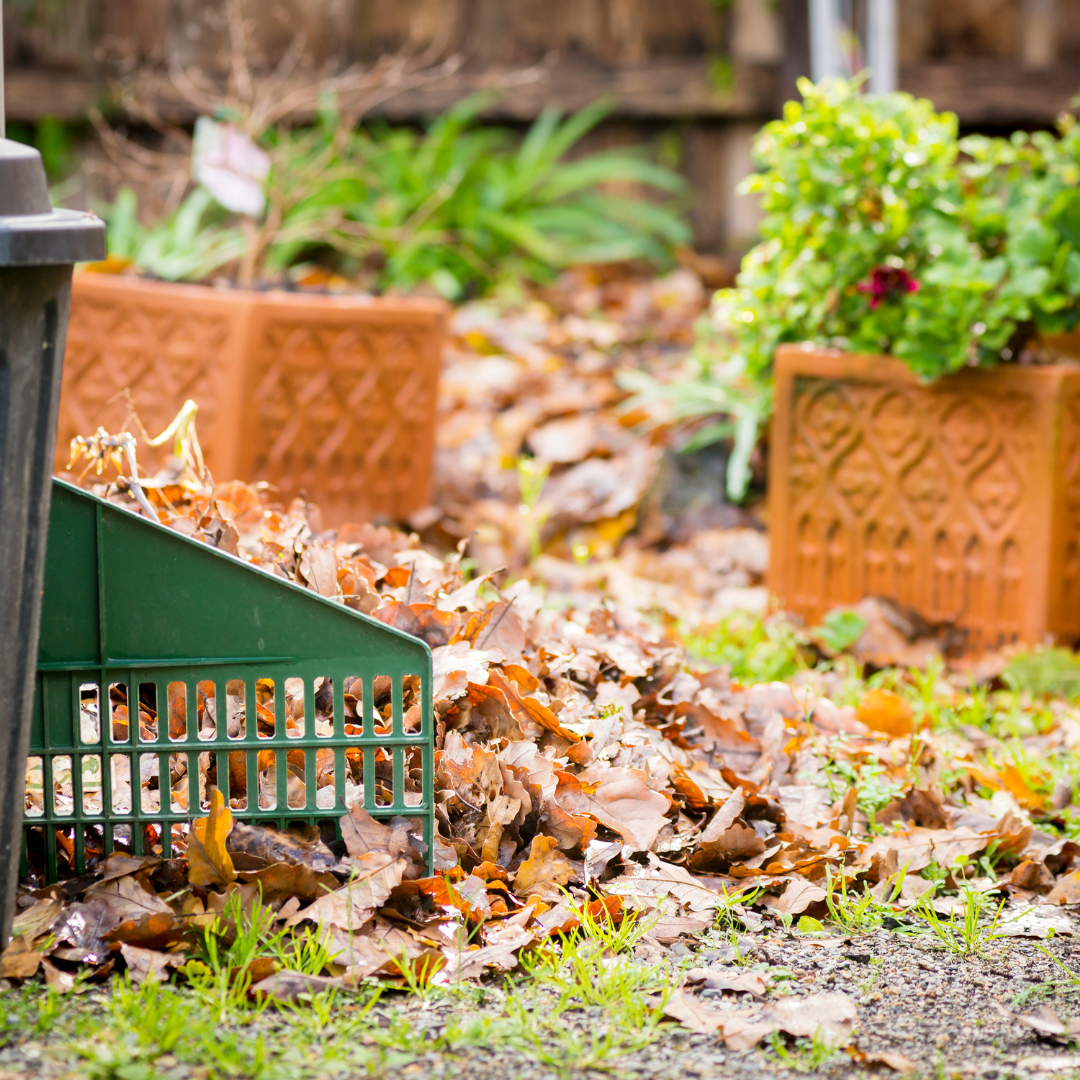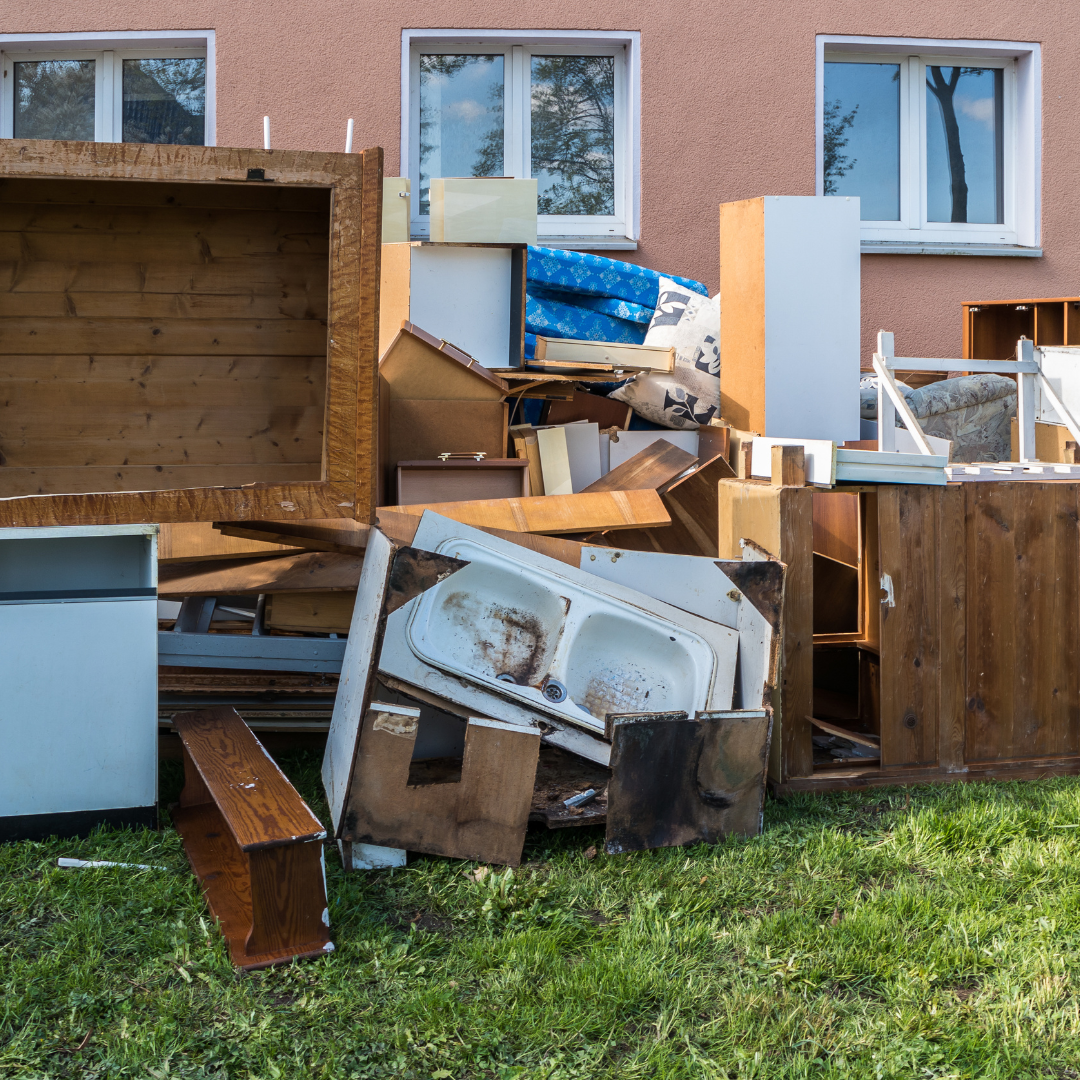As the seasons change, outdoor spaces undergo transformations, with trees shedding leaves, plants overgrowing, and storms leaving behind debris. While these changes contribute to the natural cycle of growth and renewal, they also necessitate proper yard waste removal to maintain cleanliness, aesthetics, and safety. In this article, we’ll explore the importance of yard waste removal and highlight effective strategies for keeping outdoor spaces tidy.
Yard waste, including leaves, branches, grass clippings, and other organic materials, can accumulate quickly, especially during peak seasons such as spring and fall. Failure to promptly remove yard waste can lead to a range of issues, including:
Piles of leaves, grass clippings, and other organic matter provide ideal breeding grounds for pests such as mosquitoes, flies, and rodents. Accumulated yard waste attracts pests, increasing the risk of infestations and compromising the health and comfort of residents.
Pest infestations pose a significant threat to both the health of outdoor environments and the well-being of those who inhabit them. When yard waste is left to accumulate, it can create ideal breeding grounds and habitats for various pests, including insects, rodents, and other unwanted critters. Here’s an expanded look at how yard waste contributes to pest infestations:

Insect Habitats:
Piles of leaves, grass clippings, and other organic matter provide shelter and food sources for insects such as mosquitoes, ticks, ants, and termites. These pests can multiply rapidly in warm, moist environments, leading to infestations that not only affect outdoor spaces but can also pose health risks to humans and pets through bites and the transmission of diseases.
Rodent Nesting Sites:
Dense vegetation and accumulated yard waste offer hiding spots and nesting sites for rodents like rats and mice. These pests can cause damage to property by gnawing on structures, chewing through electrical wires, and contaminating food sources. Additionally, rodent infestations can create sanitation issues and increase the risk of spreading diseases such as leptospirosis and hantavirus.
Attracting Wildlife:
Yard waste piles can attract wildlife such as raccoons, opossums, and skunks, especially if they contain food scraps or organic materials. These animals may rummage through the waste in search of food, potentially causing disruptions and damage to landscaping features. Additionally, their presence can lead to conflicts with humans and pets, as well as the spread of diseases like rabies.
Plant Diseases:
Certain yard waste, such as diseased plant material or invasive weeds, can harbor pathogens and fungal spores that contribute to the spread of plant diseases. When left untreated, these diseases can devastate gardens, lawns, and landscaping, leading to reduced plant health and aesthetic degradation of outdoor spaces.
Accumulated yard waste, particularly dry vegetation like dead leaves and branches, can increase the risk of wildfires, especially during hot and dry seasons. Sparks from outdoor activities or electrical equipment can easily ignite these materials, posing a danger to nearby structures, vegetation, and wildlife habitats.
To mitigate the risk of pest infestations associated with yard waste accumulation, it’s essential to implement effective yard waste removal practices, including regular cleanup, proper disposal, and maintenance of outdoor spaces. This not only helps prevent pest problems but also promotes a healthier and safer environment for all.

Dry leaves, branches, and vegetation pose fire hazards, particularly during hot and dry weather conditions. Accumulated yard waste can ignite easily and spread rapidly, endangering nearby structures, properties, and ecosystems.
Fire hazards stemming from yard waste accumulation represent a serious threat to both property and human safety. Here’s an expanded look at how the buildup of yard waste contributes to fire risks:
Dry Vegetation Fuel: Yard waste such as dead leaves, grass clippings, and fallen branches can quickly dry out, especially during hot and dry seasons. This dry vegetation serves as highly flammable fuel that can easily ignite in the presence of heat sources such as sunlight, sparks from outdoor equipment, or discarded cigarettes.
Combustible Materials: In addition to organic matter, yard waste piles often contain other combustible materials such as paper, cardboard, and wood debris. These materials further increase the fuel load, making yard waste piles more susceptible to ignition and rapid spread of fire.
Proximity to Structures: Yard waste accumulation near homes, buildings, fences, and other structures increases the likelihood of fire spreading to these areas. Dry vegetation piled against or near structures provides a direct pathway for flames to reach vulnerable materials, leading to property damage and potential endangerment of lives.
Wildfire Risk: In wildfire-prone regions, the accumulation of yard waste can exacerbate the risk of wildfires spreading rapidly. Once ignited, flames can quickly engulf large areas, threatening homes, natural habitats, and public safety. Embers from wildfires can also travel long distances, igniting yard waste piles and other combustible materials in their path.
Poor Air Quality: Yard waste fires release smoke, ash, and other pollutants into the air, contributing to poor air quality and respiratory health issues for nearby residents. Smoke from yard waste fires can contain harmful substances such as particulate matter, carbon monoxide, and volatile organic compounds, posing risks to individuals with respiratory conditions and the general population.
Difficulty in Fire Suppression: Yard waste fires can be challenging to extinguish due to the dense and compact nature of the material, as well as the potential for hidden hot spots within the pile. Firefighters may encounter difficulties accessing and effectively extinguishing burning yard waste, leading to prolonged fire incidents and increased property damage.
To mitigate the risk of fire hazards associated with yard waste accumulation, it’s crucial for property owners to implement proper yard waste management practices. This includes regular removal of dry vegetation, maintaining defensible space around structures, and following local regulations regarding outdoor burning and disposal of yard waste. Additionally, raising awareness about fire safety and prevention measures within communities can help reduce the incidence of yard waste-related fires and protect lives and property.
Leaving yard waste on the ground for extended periods can lead to soil compaction, nutrient depletion, and reduced soil fertility. Decomposing organic matter releases acids and toxins that can harm plant roots and disrupt soil ecosystems, affecting overall plant health and growth.
Unsightly piles of yard waste detract from the visual appeal of outdoor spaces, diminishing curb appeal and property values. Overgrown vegetation, fallen branches, and cluttered yards create an unkempt appearance, detracting from the overall beauty and charm of residential and commercial properties.
To ensure the effective and responsible removal of yard waste, consider implementing the following strategies:
Effective strategies for yard waste removal involve a combination of responsible disposal methods, recycling, composting, and minimizing waste generation. Here are some detailed strategies:
Communities often provide drop-off locations or centers where residents can bring their yard waste for proper disposal or composting. These facilities may accept various types of yard waste and sometimes offer mulch or compost back to residents for free or at a reduced cost.
Some areas have dedicated yard waste recycling facilities that process organic materials into compost or mulch for reuse in landscaping and gardening. Encouraging residents to utilize these facilities helps divert yard waste from landfills.
Public education campaigns can raise awareness about the importance of proper yard waste management and the benefits of composting and recycling. Providing residents with information on how to compost, mulch, and recycle yard waste effectively can encourage participation in these sustainable practices.
Establishing community composting programs or composting cooperatives can provide residents with access to composting facilities and resources. These programs often offer educational workshops, compost bins, and support to help individuals compost their yard waste effectively.
Educating residents on how to reduce yard waste generation can also be effective. Tips may include using grasscycling (leaving grass clippings on the lawn), planting native plants that require less maintenance, and reducing the use of chemical fertilizers and pesticides that can harm soil health.
Municipalities can implement regulations requiring proper disposal of yard waste and providing incentives such as rebates for compost bins or discounts on yard waste collection services. These measures can help promote responsible yard waste management practices.
Partnering with local landscaping companies to promote responsible yard waste disposal practices can also be beneficial. Providing information and resources to landscapers can help ensure that yard waste generated during landscaping projects is managed appropriately.
By implementing these strategies, communities can effectively manage yard waste in an environmentally sustainable manner while promoting resource conservation and reducing landfill waste.
Yard waste removal is essential for maintaining clean, healthy, and attractive outdoor spaces. By promptly removing leaves, branches, and other debris, property owners can mitigate pest infestations, reduce fire hazards, preserve soil health, and enhance the overall aesthetic appeal of their landscapes. Whether through regular maintenance, mulching and composting, curbside pickup, or professional assistance, effective yard waste removal practices contribute to the well-being of communities and the environment.
Contact us today to learn more about our yard waste removal services and how we can help you keep your outdoor spaces clean and beautiful.


The World is Worth Hauling For!
Serving Pennsylvania with pride, Let’s Get Trash believes that every corner of our world is worth caring for. Our commitment extends beyond mere removal— it’s about enhancing the beauty of our community, fostering environmental responsibility, and ensuring a cleaner, brighter future for all. Choose Let’s Get Trash, where every haul is a step towards a better world.